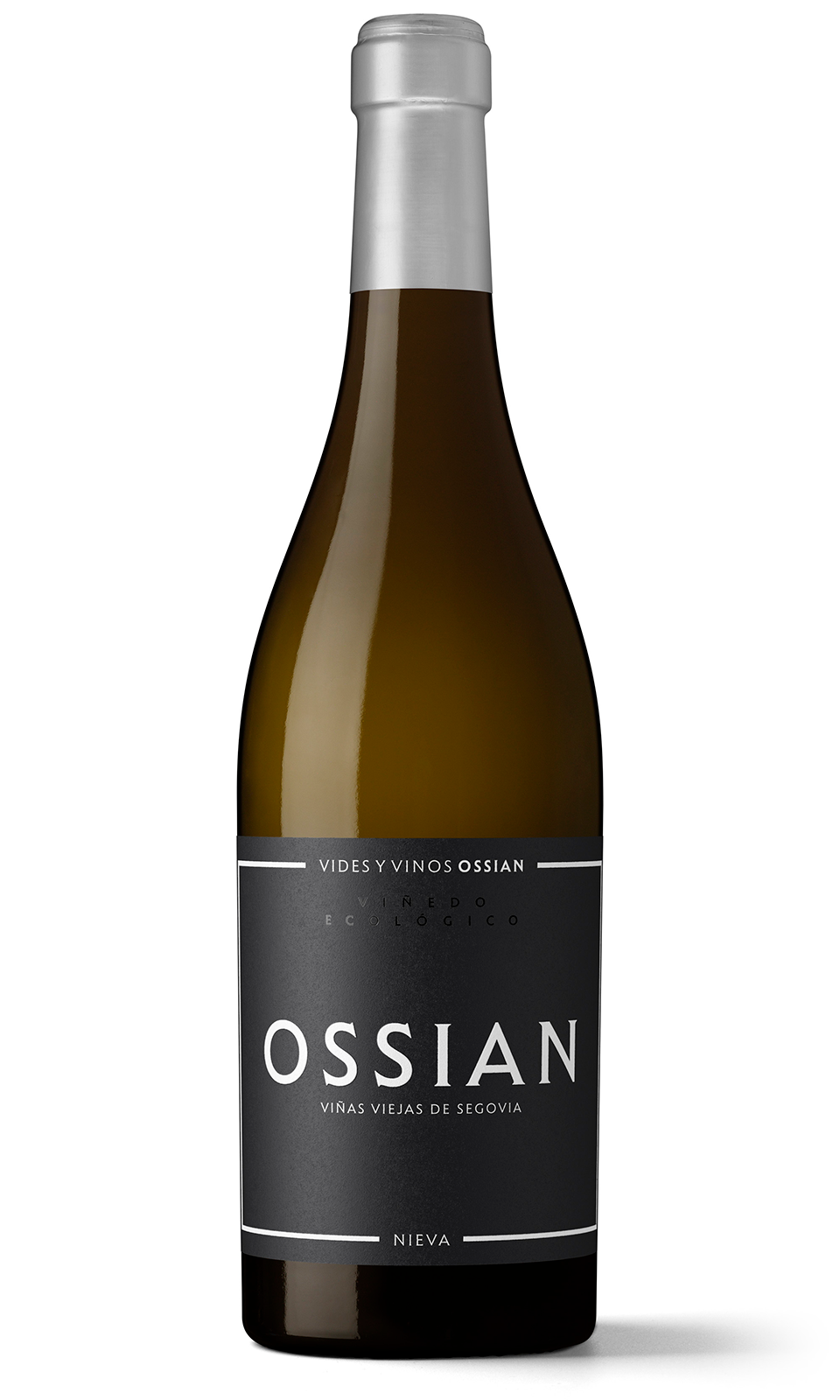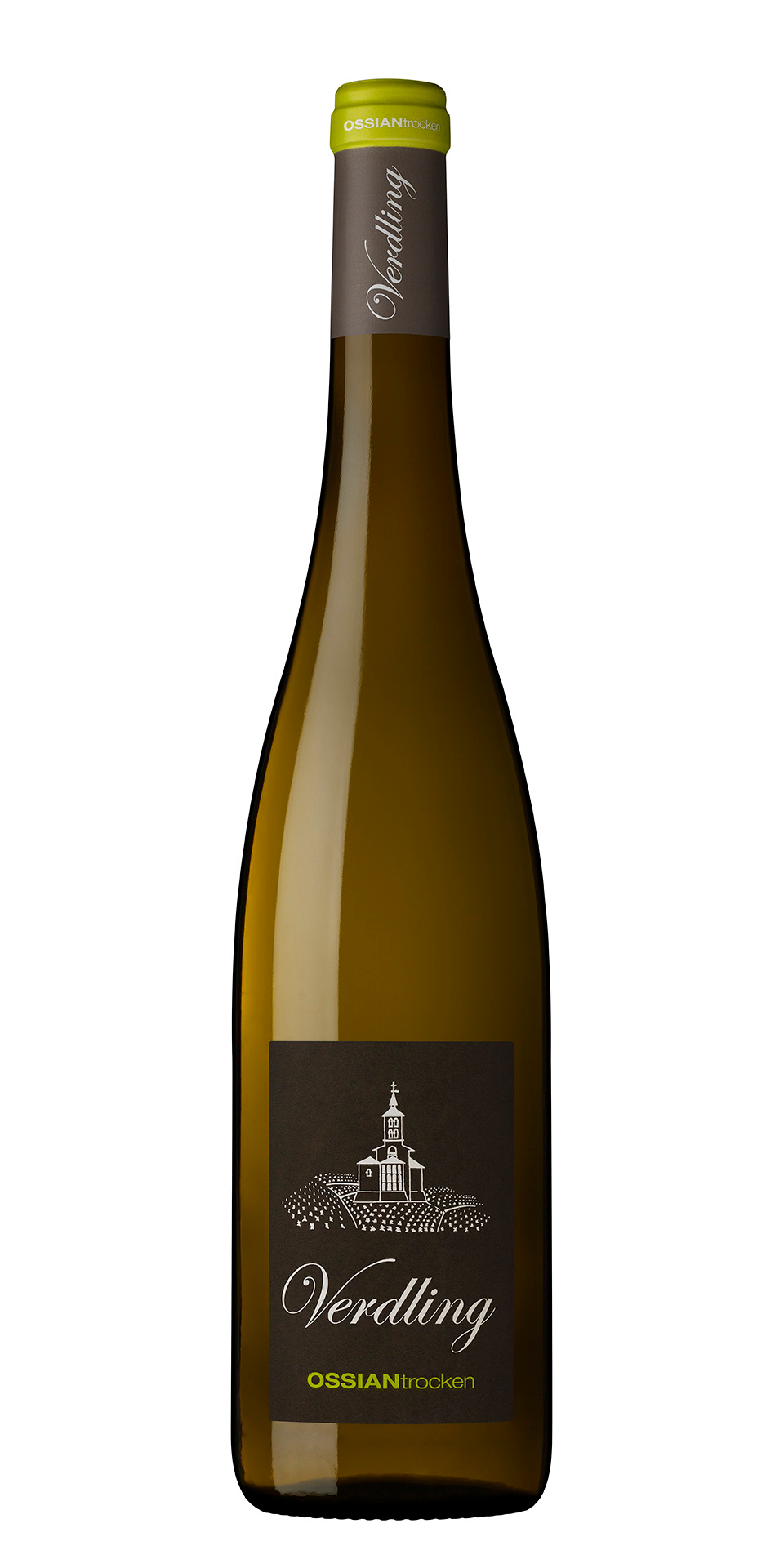Ossian 2017
Ossian 2017 seeks to express the genuine character of the Nieva vineyard. It takes us back to the ancestral cultivation of the lands of northern Segovia, based on effort, under harsh climatic conditions to get an un-usual singularity. The 2017 vintage is characterized by its integration and balance. Powerful. Attractive due to its strength: it is flavorful, smooth and lasts in your memory. The ultimate Verdejo.

Ossian 2017
The most genuine expression of the snowy environment
Harvest record
davidvillafruela2022-10-10T11:20:14+02:00
davidvillafruela2022-10-10T11:20:07+02:00
davidvillafruela2022-10-10T11:20:00+02:00
davidvillafruela2022-10-10T11:19:37+02:00
davidvillafruela2022-10-10T11:19:25+02:00



